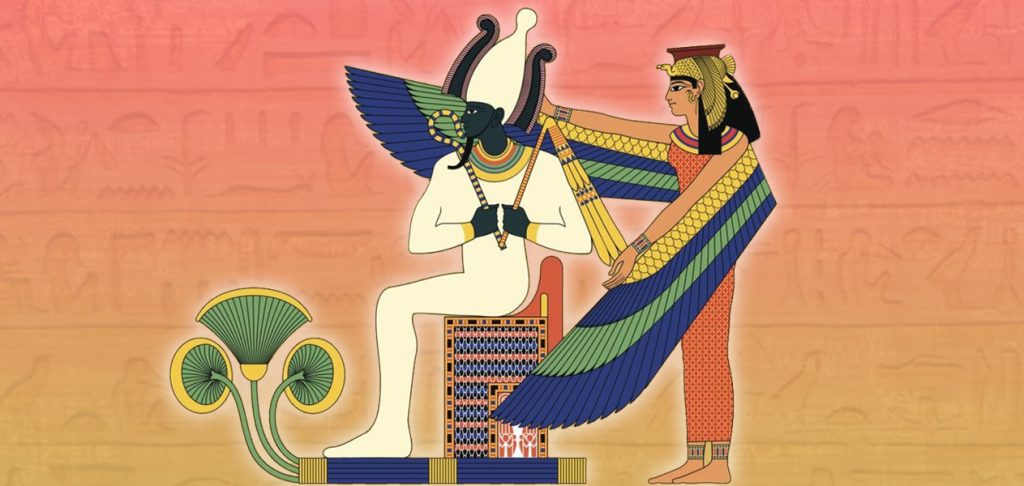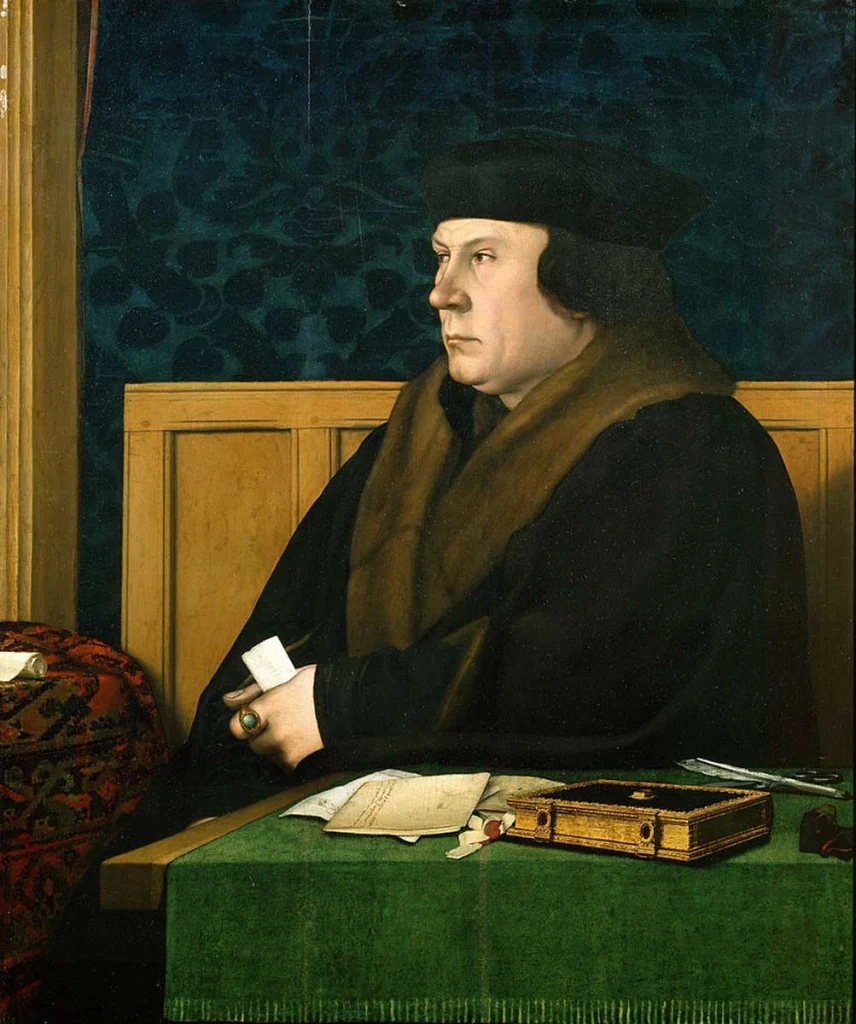The Roman Republic lasted nearly five centuries—from the overthrow of kings in 509 BCE to Augustus’ final victory at Actium in 31 BCE—yet its demise felt shockingly swift to contemporaries. Gladiatorial games, marble forums, and military triumphs disguised a mounting crisis of inequality and political violence that would transform citizen‐ruled Rome into a monarchy in all but name.

🏺 Roots of the Republic: Civic Virtue and Mixed Government
Rome’s early patricians crafted a system meant to prevent any single man from becoming king again. Two annually elected consuls shared executive power, while the Senate offered experience and continuity. Popular assemblies of ordinary citizens (the comitia) approved laws and elected magistrates, ensuring that final sovereignty lay with the people. The unwritten ideal binding all classes was virtus—the belief that personal honor flowed from service to the commonwealth rather than naked ambition.
Yet cracks were visible from the start. Patricians monopolized high office, and conquered lands went disproportionately to the elite. The struggle of the plebeians for political equality (Conflict of the Orders) hinted that Rome’s vaunted balance was already precarious.

🏟️ Empire-Building and Emerging Inequality
Military success made the Republic wealthy—and unstable. Victories against Carthage, the Hellenistic kingdoms, and countless Gallic tribes poured treasure and slaves into Italy. Senators enriched themselves with provincial tax contracts (publicani) and sprawling estates (latifundia) worked by captives. Meanwhile, small farmers—the backbone of citizen armies—returned from duty to find their plots bought out or neglected beyond repair.
Urban crowds swelled, dependent on grain doles and easily swayed by charismatic demagogues promising reform. The Senate still claimed to represent the common good, but in every voting assembly property determined weight; the richest few could outvote the many.

⚖️ The Gracchi: First Tremors of Revolution
Tiberius and Gaius Gracchus were patrician brothers who tried to stem the crisis by channeling popular anger through legal reform. Tiberius (tribune 133 BCE) pressed a land‐redistribution bill limiting holdings to 500 iugera (about 300 acres). When the Senate stonewalled, he bypassed tradition and put the proposal directly to the Tribal Assembly. A mob of senators and clients clubbed him to death on the Capitoline Hill—Rome’s first political murder in four centuries.
A decade later Gaius proposed cheaper grain, new colonies for veterans, and wider citizenship. His opponents inflamed panic that he aimed at tyranny. In 121 BCE, the Senate issued the first senatus consultum ultimum (“final decree”)—effectively martial law. An armed posse slaughtered Gaius’ followers; he ordered a slave to kill him before capture. The Republic had discovered that bloodshed could settle policy disputes.

🛡️ Soldiers Turned Kingmakers: Marius and Sulla
With farms declining, recruitment faltered. Gaius Marius, a self-made novus homo, opened the legions to landless citizens in the 100s BCE, promising booty and retirement plots in return. Soldiers’ loyalty began to shift from state to general.
Marius’ rival Lucius Cornelius Sulla later marched his army on Rome itself in 88 BCE—an unthinkable sacrilege—to secure command against Mithridates of Pontus. After victory abroad, Sulla repeated the march, seized the city, and compiled proscription lists of enemies for execution and property confiscation. He then rewrote the constitution, boosting Senate authority but demonstrating that force, not law, decided Rome’s future.
🖼️ Insert image here — Marble bust of Sulla, caption: “The first Roman general to occupy his own capital at spear-point.”
🤝 The First Triumvirate: Crassus, Pompey, and Caesar
By the 60s BCE, politics revolved around celebrity commanders. Marcus Licinius Crassus, richest man in Rome; Gnaeus Pompeius Magnus, conqueror of the East; and Julius Caesar, dazzling populist with debts and ambition, formed a private pact in 60 BCE. Each pledged to push the others’ agendas through threatened street violence and bribery.
The alliance cracked after Crassus died disastrously at Carrhae (53 BCE), removing the fragile human buffer between Pompey and Caesar. The Senate, fearing Caesar’s rising popularity in Gaul, demanded he relinquish his army before standing for consul a second time. Caesar famously crossed the Rubicon in 49 BCE, declaring alea iacta est—“the die is cast.” Civil war returned.
🖼️ Insert image here — Photo of the Rubicon River today, caption: “A modest stream with outsized historical consequences.”
⚔️ Caesar vs Pompey: Civil War and Dictatorship
Caesar’s veterans, hardened by a decade in Gaul, routed Pompey at Pharsalus (48 BCE). Pompey fled to Egypt, where he was murdered by courtiers seeking favor. Caesar assumed extraordinary powers: dictator for a year, then ten years, and finally “dictator perpetuo.” He enacted genuine reforms—debt relief, calendar overhaul, Senate enlargement—but his overt monarchical gestures (throne-like chair, portraits on coins) alarmed republicans.
On the Ides of March 44 BCE, sixty conspirators struck in the Theatre of Pompey. Ironically, many wielded daggers believing they were saving the very Republic their actions doomed, for they lacked a credible plan to restore constitutional order after Caesar’s death.
🖼️ Insert image here — Classical painting of Caesar’s assassination, caption: “The Ides of March, 44 BCE: Assassination in the name of liberty.”
🏹 7. The Second Triumvirate and the War for Rome’s Soul
Power vacuum bred a new alliance: Mark Antony, Caesar’s protégé; Gaius Octavian (Caesar’s 18-year-old heir); and Marcus Lepidus. The official lex Titia (43 BCE) granted them absolute power for five years. Another wave of proscriptions silenced opposition; orator Cicero was among the thousands killed.
Distrust proved fatal. Octavian sidelined Lepidus, then turned Senate opinion against Antony by portraying his romance with Cleopatra as an eastern threat. In 31 BCE, their fleets clashed at Actium. Antony and Cleopatra’s defeat—and suicides—left Octavian sole master of the Roman world.
🖼️ Insert image here — Relief or mosaic of the Battle of Actium, caption: “Naval showdown that sealed the Republic’s fate.”
👑 From Republic to Principate: Augustus Reshapes Power
Octavian took the honorific “Augustus” in 27 BCE, maintaining republican forms while holding tribunician power for life, command of most legions, and control of the treasury. The Senate still convened, elections were still held, but results were foregone conclusions. Romans called this arrangement the principate—rule by the “first citizen.” The Republic had fallen not in a single blow but through a long erosion of norms until its shell could be worn like a mask by a monarch.
🧩 Why Did the Republic Collapse? Major Factors
- Economic Inequality: Concentration of land and wealth bred resentment and eroded the small‐farmer class that anchored civic duty.
- Military Patronage: Generals began financing and rewarding troops personally, converting legions into private followings.
- Political Violence: Each resort to force—133, 121, 88, 49 BCE—made the next easier, turning assassination and civil war into normal tools.
- Ambition Without Guardrails: The cursus honorum expected self-restraint, but charismatic “new men” saw opportunity in bending rules.
- Institutional Rigidity: The Senate clung to ancient privileges; reformers had to smash constitutional furniture to accomplish anything, feeding a cycle of escalation.
🖼️ Insert comparative chart here — Infographic comparing republican checks and balances vs. Augustan powers, caption: “How the principate absorbed every magistracy under one man.”
🔍 What Can Modern Democracies Learn?
- Guard Norms as Fiercely as Laws – Rome’s constitution was mostly unwritten custom; when elites violated precedent, no statute could save the system.
- Address Inequality Early – Economic grievances fester; ignoring them invites populists who promise drastic cures.
- Limit Personal Control of Force – Standing militaries or security services that answer an individual, not the state, are democracy’s Achilles heel.
- Encourage Peaceful Reform Paths – When legal avenues are blocked, radicals find extra-legal ones. A republic must adapt to survive.
✨ Conclusion
The Roman Republic’s story is neither a simple tragedy of corruption nor an inevitable evolution toward empire. It is a cautionary tale about how incremental compromises with principle—made for short-term convenience—can hollow out resilient institutions. By the time Augustus offered peace, Romans were so exhausted by chaos that they accepted the silken chains of autocracy.
We study that fall not to mourn a distant past but to recognize the fragile bargain underlying every self-governing society today.
🖼️ Insert image here — Marble statue of Augustus as Pontifex Maximus, caption: “The Republic reborn as Empire under its ‘first citizen.’”











































